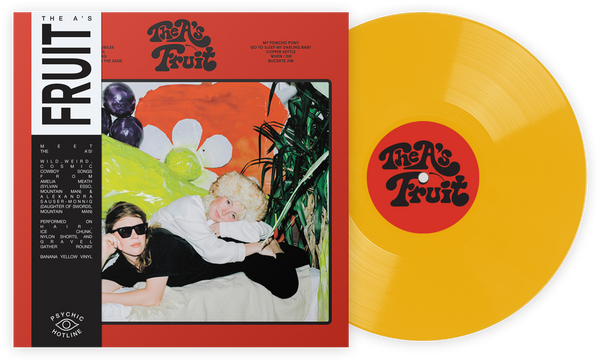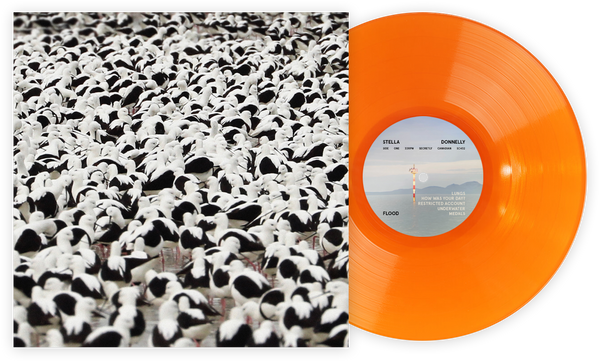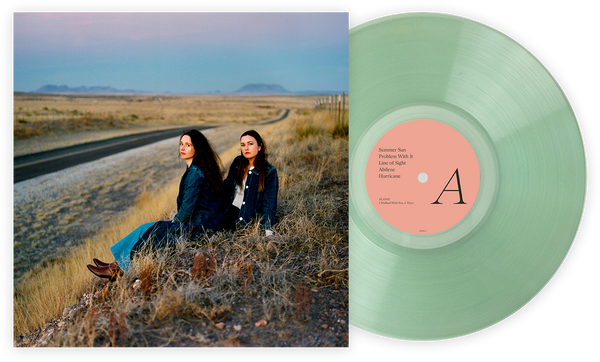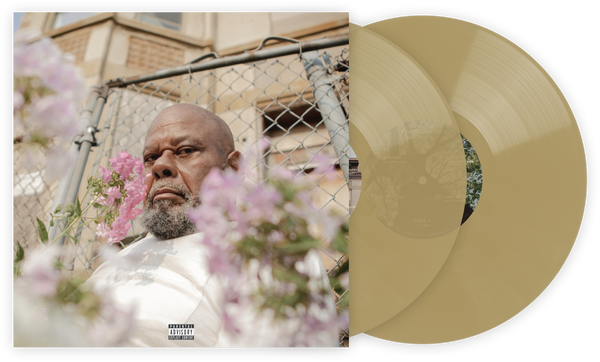パフォーマーとして、ミュージシャンはスタジオ録音中とは異なる方法でステージ上で自分を開放することを強いられます。ステージ上では物事がうまくいかず、先に進まなければなりません; スタジオではアーティストは振り返ることができます。ファンとして、私たちはコンサートで親しみやすく、かつユニークなものを求めており、私たちが愛する曲の生きたバージョンに一瞬住む機会を提供してくれます。私たちは録音を詳細に分析し学ぶことができますが、コンサートは一時停止することができません。この理由から、ライブアルバムは危険なヒットかミスかの取り組みですが、最高のものはオリジナルのスタジオ録音の本質を捉えるだけでなく、親しみのあるものを新たな領域に引き上げるのです。
これらすべてを考慮に入れて、私たちは所有すべき10の必須ライブアルバムのリストをまとめました。
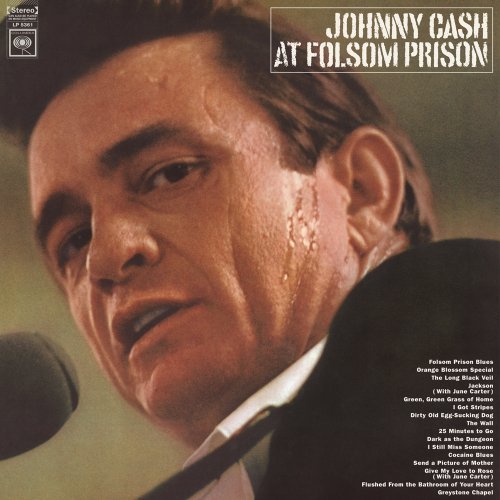
##Johnny Cash: Johnny Cash At Folsom Prison 「こんにちは、私はジョニー・キャッシュです」と、1968年1月のある日、35歳のカントリー・スターは、収監された人々の前で有名に語りました。キャッシュはその土曜日、カリフォルニア州フォルソム州立刑務所の囚人のために2回の公演を行いました。その結果生まれたライブアルバム、Johnny Cash At Folsom Prisonは、同年にリリースされ、シンガーのキャリアにおける重要な転換点となり、最終的にはキャッシュ自身のCBSバラエティ番組の道を開きました。 パフォーマンス自体は、朝と午後早くにほぼ連続して録音された2回のセッションで、キャッシュは囚人たちと寄り添いながら、サイトに特化したアウトローに優しい曲のリストを提供しました。「誰も私の気持ちを尋ねなかった」と彼は、死刑囚の最後の25分の人生について楽しげに歌いながらつぶやきます。マーレ・トラビスの炭鉱労働者の危険を讃えた曲は、連邦刑務所で服役している男たちの部屋で適切な第二の人生を実現します。 2曲目の「暗い地下室」では、キャッシュは録音中に大きな笑い声を上げる囚人を静めます。「曲の間は笑ってはいけません」と彼は自らの笑いを交えて言います。「録音されていることを知ってますか?」これは、ライブアルバムを非常に貴重にする瞬間の一つであり、特定の独自性を生き生きとさせるだけでなく、想像の中でそれを打ち壊します。

##Bob Dylan: The Bootleg Series, Vol. 4: The “Royal Albert Hall” Concert ボブ・ディランの1966年5月17日のイギリスのフリートレードホールでのパフォーマンスは、最も密かに録音された音源の一つであり、同時にフォークアイコンの中でも最も悪名高いものの一つです。セットは、黒市場での需要を経て1990年代後半にようやく公式アルバムとしてリリースされたもので、ディランの1965年のニューポートフォークフェスティバルでのパフォーマンスの影に隠れていますが、非常に似たものです。 両公演で、ディランはアコースティックセットから彼の新たに発見したエレクトリックサウンドに移行する前に、観客との親密さを確立しました。(パフォーマンスの分裂は、シンガーソングライターの1965年のアルバムBringing It All Back Homeの半々のアプローチを反映しています。)ニューポートではブーイングが起こり、フリートレードホールでは誰かが「ユダ!」と叫びました。Vol. 4では、これらすべてを聞くことができるだけでなく、そのひっかき傷の緊急性とともにディランの新しい方向性の切迫さも感じられます。「大音量で演奏してくれ!」とサウンドトラックのバンドに指示し、「Like a Rolling Stone」の最終曲に突入します。録音がなければ、それはフォークロアである可能性があり、これによりその瞬間は歴史になりました。
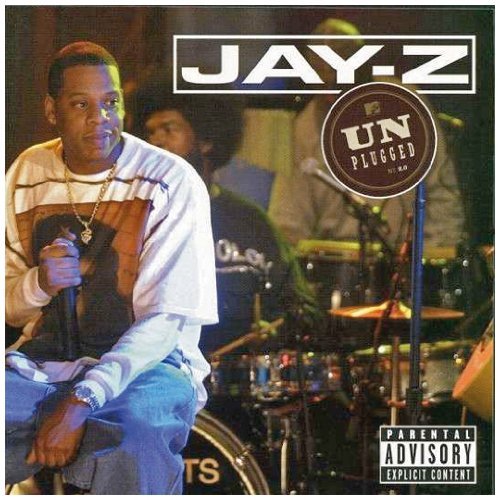
##Jay Z: Unplugged ライブパフォーマンスに基づく音楽の中では、素晴らしいライブラップアルバムはあまりありません。最高のライブヒップホップ録音は商業的なものでなく、文化の初期からのブロックパーティーやクラブ録音であり、ポーズを取ったパフォーマンスではなく、その場でのドキュメントです。 商業的なライブラップアルバムはそれほど成功していませんが、選択肢はあまりありません。Jay ZのUnpluggedは、彼の名前とビジネスライフの両方からダッシュを削除する前にリリースされ、ヒップホップの最高のアルバムかもしれません。The Rootsは、2年前に自らに優れたパフォーマンス録音をリリースし、数百万のアメリカ人がThe Tonight Showでバンドが家事をこなすのを見る中で、フィリーのバンドは2001年にJiggaとMTVによってそれまでにこれほど巧妙に表現されたことはなかったかもしれません。Unpluggedの素晴らしい点は、Jay Zの巨大なヒットを小さな部屋用のラップに翻訳する方法であり、2001年の録音にいる女性ファンの合唱は、Jayの曲のすべての言葉を暗誦する能力があるように見えます。 「Song Cry」は、親密なコーヒーハウスのようなセットには手の届く果実ですが、Jayはバックバンドと想像できないようなトラックから逃げません。「Can I Get A…」は、1998年のアクションスラップスティック映画Rush Hourを促進したフィンキーなクラブバンガーであり、Unpluggedでは適切にフェレッティックでありながらもクリスプなアレンジメントを得て、予期せず「Hard Knock Life」に変わります。Jayのラップは、時折息切れしそうになりますが、彼はペースを維持します。そして、クレジットは静かに優れたインストゥルメンタリストの数人をパフォーマンスに組み込んでいますが、メアリー・J・ブライジとファレルがセットの終わり近くにショース止めのカメオを果たします。
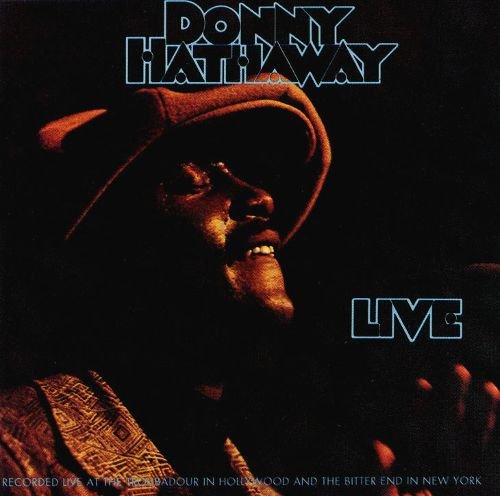
##Donny Hathaway: Live Liveは、ドニー・ハサウェイの生涯で録音およびリリースされた2枚のライブアルバムのうちの1つであり、歌手の卓越した才能をパフォーマンスでのみ結晶化させます:彼の声はコンサートで比類ないほど滑らかで、彼のピアノ演奏は能力豊かな即興演奏で満ちています。彼は謙虚なショーマンです。このアルバムは、2つの部分に分かれて異なる海岸で録音され、A面には1971年のハリウッドでのパフォーマンスが収録され、B面には同じ週にニューヨークで録音されたショーがあります。トラックリストには、ハサウェイの最も称賛される曲のいくつかが収められており、「The Ghetto」はうねるグルーヴィーなジャムに広がり、「Little Ghetto Boy」は翌年に正式にリリースされる前にここに現れましたが、ハサウェイのカバー曲がショーを奪います。オープナーでは、ハサウェイと印象的なバックバンド(将来のアース、ウィンド & ファイアのドラマー、フレッド・ホワイトを含む)がマーヴィン・ゲイの「What’s Going On」を手に入れ、その後キャロル・キングの「You’ve Got A Friend」を群衆にセレナーデします。それこそが、トラックリストを引き留める重要なカバーであり、埋もれた完璧の瞬間です。

##John Coltrane: Live At the Village Vanguard 1961年11月にヴィレッジ・ヴァンガードで行われた4夜の公演は、ジョン・コルトレーンの最高のライブ活動のいくつかを生み出しました。パフォーマンスからは合計5トラックが分割され、3つは最初にLive At the Village Vanguardとしてリリースされ、残りはコルトレーンのより重要な1963年のリリースImpressionsに後に含まれました。(1997年には、パフォーマンスの完全なコレクションがThe Complete 1961 Village Vanguard Recordingsとして最終的にリリースされました。)最初のリリースはコルトレーンの中心的なクラシック・カルテットをフィーチャーした初の録音であり、数年後の1964年にアルバムA Love Supremeを録音したバンドです。エリック・ドルフィーは、ほぼ14分に及ぶ「Spiritual」で驚異的な登場を果たし、B面全体は「Chasin’ The Trane」の狡猾なブルースに捧げられます。Live At the Village Vanguardはジャズの素晴らしいライブレコードの1つとして独自に立っていですが、同じ構成の異なるパフォーマンスを積み重ねた完全なセットは、他とは異なる特別なものである証拠:各ライブ録音が異なり、特別であることを示しています。
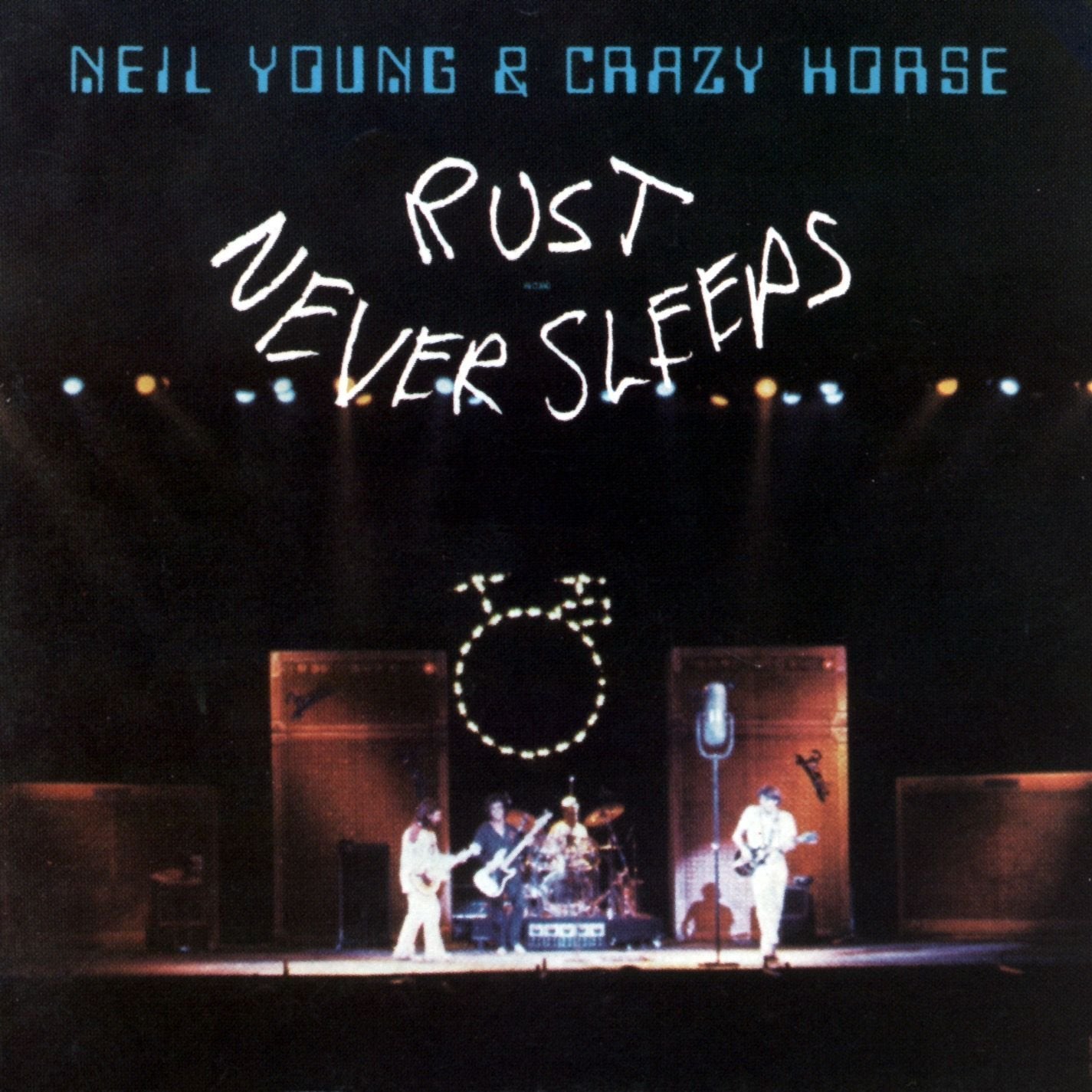
##Neil Young & Crazy Horse: Rust Never Sleeps 1979年までにニール・ヤングはすでに忙しい音楽キャリアを手にしていました:バッファロー・スプリングフィールドのアルバム、彼のソロ活動、そして伝説的なクレイジー・ホースの結成がありました。疲れた10年の終わりと彼のキャリアの15年目の終わりに、ヤングはRust Never Sleepsのオープニングソングでレジリエントに響きます:「ロックンロールはここに留まる / 消えるよりも燃え尽きることが良い。」これは不気味な自伝的要素です。このアルバムはライブ録音され、スタジオでスパイスアップされ、微妙なアコースティックセットからハードロック攻撃に構築され、ショーの初めに始まる同じ曲と約束でフィニッシュしますが、より大きく、再活性化されています。

##Nirvana: MTV Unplugged In New York (Live) ニルヴァーナの遺産は、1990年代初頭にロック音楽の流れを変えたことに常に結びついており、その音と同様に、バンドは聴衆を常に不安にさせる才能を持っていました。カート・コバーンのためらうスター・パワーの緊張感が最も生々しいのは、ニルヴァーナの有名なMTV Unpluggedアルバムの中です。コバーンの自殺の5か月前に録音され、悲劇の8か月後にリリースされたUnpluggedは、心を引き裂くような聴きものです。パフォーマンスはバンドのサウンドと名声の高まりをむき出しにし、代わりにカバーや見過ごされがちな曲を散りばめたスリムで主にアコースティックなセットを生成します。
コバーンは、バンドの膨れ上がる観客に対して、セットを紹介します。「これは私たちの最初のレコードに入っているもので、ほとんどの人はそれを持っていません」と「About A Girl」について言及します。これは素晴らしく抑制されたパフォーマンスであり、その後、コバーンの側で脆弱で自己卑下的な領域に開かれます。「私はそれを台無しにしなかったよね?」とデヴィッド・ボウイのカバーの後に述べます。「でも、もう一つ失敗するかもしれないものがあります。私はこれを一人でやるつもりですか?」と語り、伝説的なソロパフォーマンスで「Pennyroyal」ティーを披露します。それは美しく、聞くのが難しいものでしたが、神に感謝します。
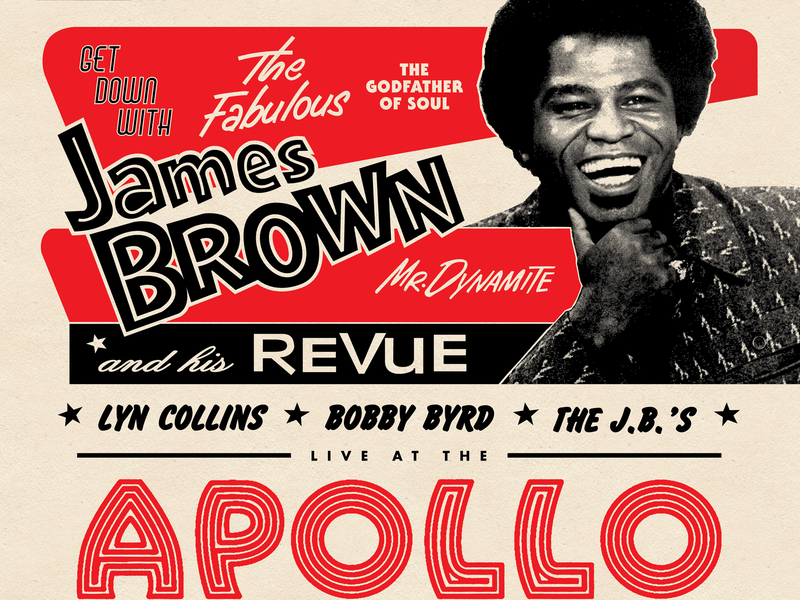
##James Brown: Live At The Apollo, Vols. I-IV ハーレムのアポロシアターは神聖な場所です。1960年代、劇場の暗い時代の間に挟まれた繁栄の時代に、アポロはアマチュアのための試練とスターのための神聖な舞台の両方でした。ジェームス・ブラウンは1962年にアポロで初のライブアルバムを録音し、そのレコードの驚異的な商業的成功が彼を次の10年間にわたってアポロに戻らせました。数年前、デジタルiTunesボックスセットが、ブラウンとその仲間たちによるアポロでのすべてのパフォーマンスをまとめる中で注目を集めました。最後のもの、Vol. 4は、以前は独立してリリースされていなかったことが不思議であり、ついにレコードストアデイの独占商品としてリリースされました。 四枚組のセットをトップ10リストに含めるのは安直かもしれませんが、各アルバムがビニールで入手可能である今、それは少なくとも適合します。さらに重要なことに、これらのレコードのそれぞれが重要です。ちょうど30分を少し超えたVol. 1は、最も短くて最も簡潔であり、ブラウンのキャリアを掘り下げるための最良の出発点の一つです。Vol 3と最近リリースされたVol. 4は、JBのジャムメドレーの傾向とリン・コリンズやボビー・バードのようなスターの存在感を中心に据えた見事にエネルギッシュなショーケースです。

##Curtis Mayfield: Curtis In Chicago - Recorded Live! カーティス・メイフィールドは、インプレッションズを離れる前からスターでしたが、彼の初期のソロキャリアがそれを明らかにしました。この理由から、彼の2作目のアルバムがライブレコードであることは驚くことではありませんでした:彼はすでに演奏する曲を持っていました。そして、1971年のCurtis/Live!アルバムがメイフィールドの必須のパフォーマンスレコードとして評価される一方で、2年後に彼はCurtis In Chicago - Recorded Live!という別の名作を放出しました。この短い2年の間に、メイフィールドはRoots、Super Fly、Back To The Worldの3つの真のクラシックを発表しました。Curtis In Chicagoは、登り続けるベテランスターホームのようですが、様々なインプレッションズの構成を展示しています。メイフィールドの現代音楽の政治的なファンクとインプレッションズのボーカルアレンジメントの甘さが、バラエティショーのクリーンな演出に融合されています。私個人としては、元インプレッションズのリードマンであり、ブレイク間近のソウルの謎であるレロイ・ハトソンが賞賛に値するシャウトアウトを受け、ソロパートが与えられます。また、観客から子供たちが参加するかわいらしい参加セクションもあり、彼らはメイフィールドが子供時代への古典的なオードを演奏する前に、キャリアの夢を共有します。

##Talking Heads: Stop Making Sense トーキング・ヘッズのStop Making Senseは、単独のライブレコードとしてよりコンサートフィルムとして崇拝されますが、どちらの形でも素晴らしいです。1984年、バンドの成功の頂点にリリースされたこのレコードは、技術的にはサウンドトラックであり、そのラベルは映画自体の奇妙で壮大な野望を物語っています。映画では、バンドがライブ観客のためだけでなく、カメラや映画撮影のために劇的にパフォーマンスを行っているように見えます。そして、映画はファンの映像でパフォーマンスを検証することはなく、すべてがステージに関することです。 アルバムを聴きながら、そのイメージを振り払うのは難しいですが、パフォーマンスの長いクレッシェンド効果は画面を必要としません。デヴィッド・バーンは「Psycho Killer」のラフなソロパフォーマンスを提供して始まり、全体は「Burning Down The House」に向かって音とバンドメンバーが増加し、「Once In A Lifetime」の騒々しい演奏に至ります。パフォーマンス中、音楽家はスタジオ録音とは異なる形でステージ上でオープンでなければなりません。ステージ上では、物事が間違って進行し、前に進まなければなりませんが、スタジオではアーティストは振り返ることができます。ファンとして、コンサートでは親しみやすさと独自性の両方を望み、大好きな曲の生きたバージョンに一時的に身を置く機会を求めます。録音を精査して研究することはできますが、コンサートは一時停止できません。この理由から、ライブアルバムは危うい成功か失敗の試みですが、最良の状態であれば、オリジナルのスタジオ録音の本質を捉えるだけでなく、親しみやすさを新しい領域に押し上げます。




